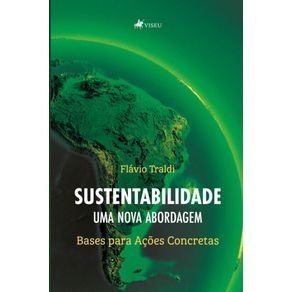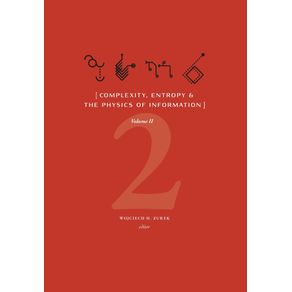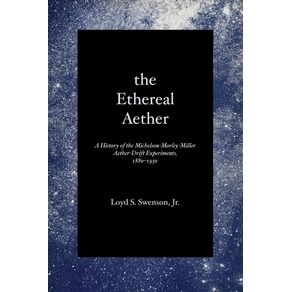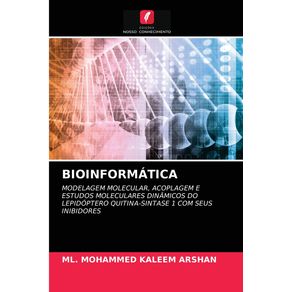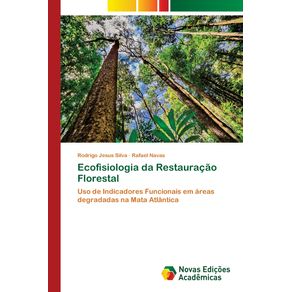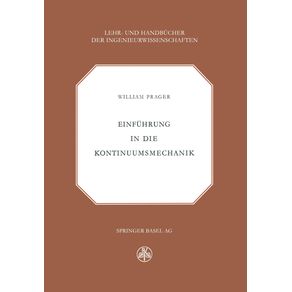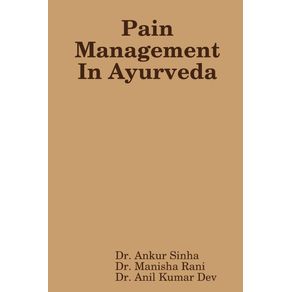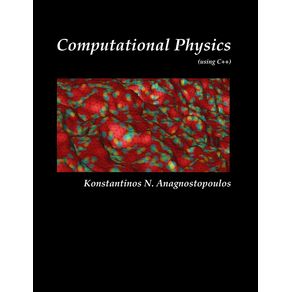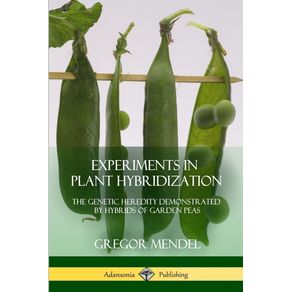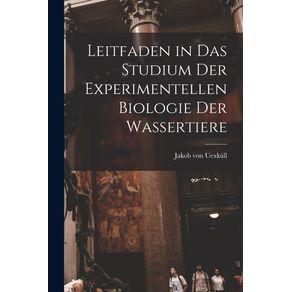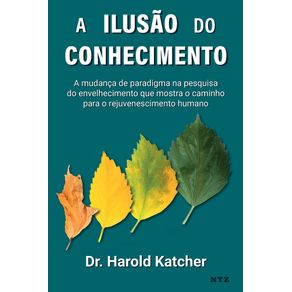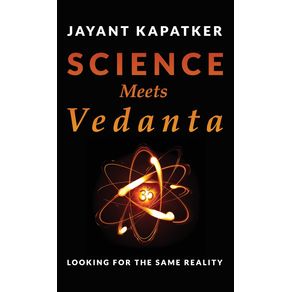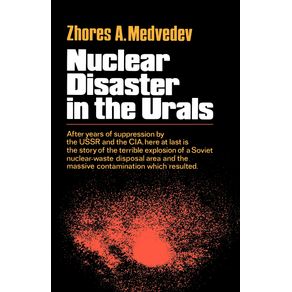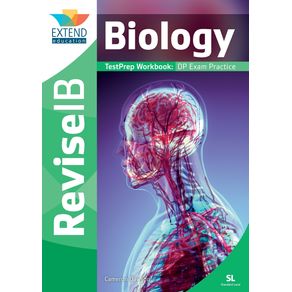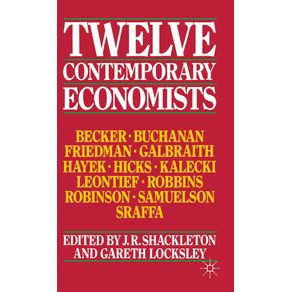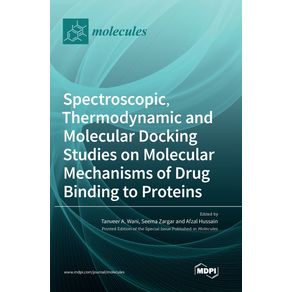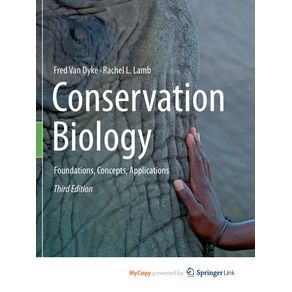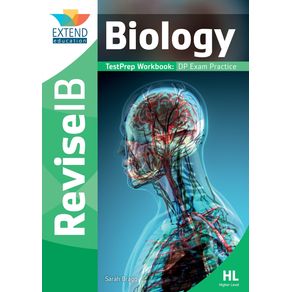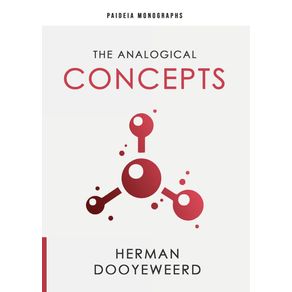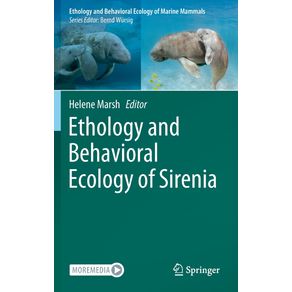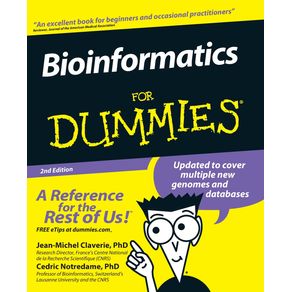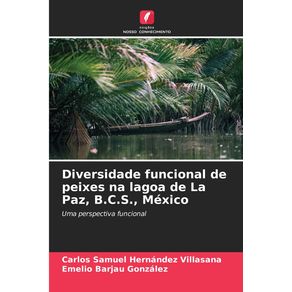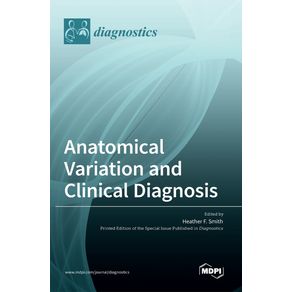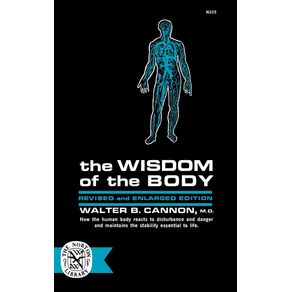-
DEPARTAMENTOS
- ANIMAIS DE ESTIMAÇÃO
- ARTES
- AUTO AJUDA
-
BEM ESTAR E LAZER
-
CATEGORIAS
-
-
CULINÁRIA E GASTRONOMIA
-
CATEGORIAS
-
-
ESPORTES
-
CATEGORIAS
-
- INFANTIL
-
RELIGIÃO
-
CATEGORIAS
-
- ADMINISTRAÇÃO E NEGÓCIOS
-
CIÊNCIAS BIOLÓGICAS E NATURAIS
-
CATEGORIAS
-
- DIREITO
- ECONOMIA
-
MEDICINA
-
CATEGORIAS
-
-
TODOS DEPARTAMENTOS
-
INTERESSE GERAL
-
LIVROS TÉCNICOS
-
- IMPORTADOS
Electrostatic Considerations in Mitosis
Cód:
491_9781440173769
Electrostatic Considerations in Mitosis
Autor:
Editora:
Código:
491_9781440173769
Vendido e entregue por Um Livro
Identifying the motive force is central to explaining chromosome motions during mitosis. Presently, there is no consensus on what it is. The author has proposed a minimal assumptions model for the dynamics of post-attachment chromosome motions based on nanoscale electrostatics. Given the electrical properties of tubulin and the dynamic instability of microtubules, it is possible to account for prometaphase post-attachment, metaphase, and anaphase chromosome motions within a comprehensive model. The model addresses all of the following in a unified manner: Efficiency of aster and spindle assembly and the motive force for the motion of asters and forming half-spindles. Chromatid pair attachment. Motion of monovalently attached chromatid pairs. Motion of bivalently attached chromatid pairs and chromosome congression. Metaphase chromatid pair oscillations. Chromatid separation and anaphase-A chromosome motion. Anaphase-B pole separation. An ab-initio calculation of the maximum tension force exerted by a microtubule during mitosis that falls within the experimental range. Poleward force generation of chromosomes at poles with associated microtubule flux.
Veja mais



